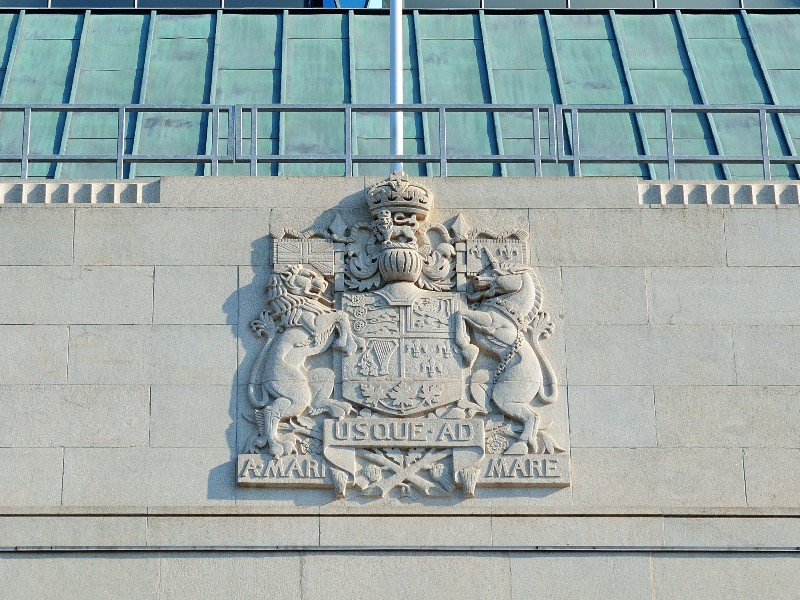
The Bank of Canada kept its key interest rate on hold Wednesday, leaving the country as an exception compared to other advanced economies that have begun to respond to a weakening global economy.
In its explanation, the central bank argued that inflation is on target and the domestic economy has held up well in many respects, even though it’s feeling the negative effects of slowing global growth.
“We are not an island, we are not immune to these global developments, but we think we are in a good position to cope with whatever comes our way, given that inflation is on target and unemployment is near an all-time low,” governor Stephen Poloz told reporters in Ottawa.
“Healthy people still get sick, but they recover more quickly when they do and I characterize the Canadian economy as, overall, in that situation.”
Poloz added that his governing council expects the resilience of Canada’s economy to be “increasingly tested” amid persistent trade conflicts and uncertainty. Looking ahead, he said the bank will monitor how much the global slowdown spreads beyond manufacturing and investment.
The decision to hold the rate at 1.75 per cent was widely expected by markets, and it left the benchmark at the same level it’s been for just over a year.
The Bank of Canada’s decision to hold steady makes it stand out among its international peers. It acknowledged Wednesday that dozens of policy-makers around the globe have taken steps to cushion the blow from the weakening world economy.
Since the release of its last quarterly update in July, the bank said more than 35 central banks in advanced and emerging economies have eased monetary policy to address fading growth and soft inflation pictures in their countries.
“A growing number of countries have responded with monetary and other policy measures to support their economies,” the bank said in a statement.
Later Wednesday, the U.S. Federal Reserve cut its borrowing rate for a third time this year, a move experts say has left Canada with the highest rate in the industrialized world. The Fed, which lowered its rate to sustain the U.S. economic expansion, now has a benchmark with a range between 1.5 per cent and 1.75 per cent, bringing it below the Bank of Canada’s rate.
The Bank of Canada’s status as an outlier will likely increase the pressure on Poloz to adjust his own policy rate in the coming months.
To guide its future decisions, the central bank said it will monitor any changes to Canada’s sources of strength, especially consumer spending and housing markets.
It also plans to watch for the roll out of expected fiscal support from the federal government and its timing. The recent election campaign featured promises of multibillion-dollar income tax cuts, which could help lift the economy.
Fiscal support would also provide breathing room for the central bank. Any move to lower borrowing rates would risk fuelling Canada’s already near-record levels of household debt.
Since the summer, the bank said the global outlook has continued to deteriorate, which has held back business investment, growth and trade. The U.S.-China trade war, and its worldwide fallout, has been the key factor behind the slowdown.
In a separate report Wednesday, the bank predicted global growth in 2019 will dip to its lowest level since the financial crisis.
It also released updated domestic projections Wednesday to reflect developments since its last forecast in July.
Following Canada’s unexpectedly strong second-quarter growth at an annual rate of 3.7 per cent, the bank predicts expansion at an annual pace of just 1.3 per cent in each of the final two quarters of 2019.
For all of 2019, the bank is projecting growth of 1.5 per cent, up from its 1.3 per cent prediction in July. The bank also forecasts an expansion of 1.7 per cent in 2020, down from its earlier projection of 1.9 per cent, and growth of 1.8 per cent in 2021, down from its previous call of two per cent.
The bank notes the domestic economy has been resilient in many areas, employment has remained strong, wages have advanced in some regions and housing activity has expanded in most markets. Over the projection horizon, the bank predicts inflation to stay close to its ideal target of two per cent, except for an anticipated temporary dip in 2020 due to waning effects of an earlier jump in energy prices.
